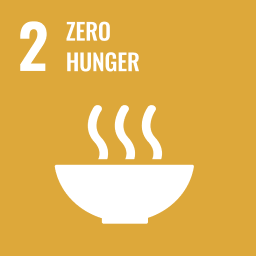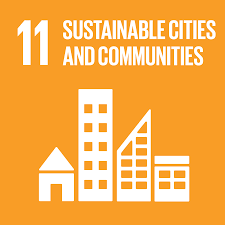The action and its aims
Harford County in Maryland, USA, formed an Obesity Task Force that spent one year researching and preparing recommendations on how to address high rates of overweight and obesity in the local population. As well as the main task force, three thematic work groups were formed on: access to healthy foods, the built environment, and community engagement.
Why it was needed
In 2011, 60% of adults living in Harford County had overweight (35.2%) or obese (25.1%) status and there was a significant decline in health of residents between 1996 and 2010. The Board of Health recognised that individual effort alone is not enough to combat obesity, but that changes in public policy and the build environment were needed. It wanted the input of key departments and relevant private sector professionals into programmes and policies that would help make the county healthier.
Who initiated it, who is involved
The taskforce was created in 2011, when Harford County Council passed an Obesity Resolution. It was co-chaired by a former Councilwoman and Harford County’s Health Officer. Among the 15 members were representative from the County Council, the Board of Education, the Economic Development Advisory Board, Harford County Health Department, Harford County Sheriff’s Office, Parks and Recreation, Planning and Zoning, and Community Services. Private sector representatives were a restauranteur, a farmer, a fitness specialist, a grocery store holder, a physician, and a nutritionist.
Outcome/how it strengthened coordination
The final report, published in October 2012, contained nine recommendations. The cooperation did not stop there, as implementation was led by local non-profits, government agencies, the Healthy Harford/Local Health Improvement Obesity workgroup, and the County Council Healthy Community Planning Board. An update in February 2013 showed that significant progress had been made on multiple fronts.



